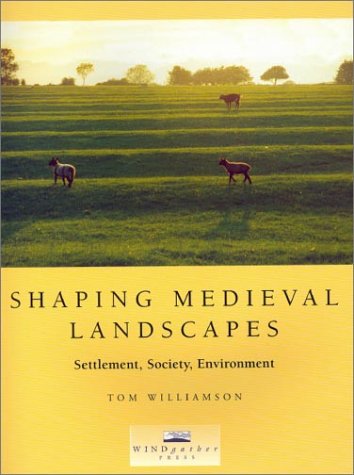To explain the rich, complex patterns in the English landscape today, we have to understand how the land was farmed in the medieval period. Some regions had large villages with extensive open fields; others had scattered hamlets and less communal forms of agriculture. These differences are still with us - in the shape of fields, the form of settlement, and the character of hedges and woods. Archaeologists, historians and geographers have long argued about when, why and how these variations developed. In this radical and important book, Tom Williamson overhauls many of the ideas about how these differences came about. Some scholars have argued that geographical differences in customs and culture, in the strength of lordship, and in population pressure were all involved. Williamson, in contrast, argues that the overriding determinant was the practicality of working the land. Using a wealth of evidence from the Thames to the Wash, he shows how subtle differences in soils and climate shaped not only the layout of fields and farms, but the very structure of the societies that farmed them.
This is a book which puts the environment back where it belongs - at the centre of the historical stage. It will be essential reading for all those interested in the history of the English landscape, social and economic history, and the way life was lived in the medieval countryside.
- ISBN10 0953863069
- ISBN13 9780953863068
- Publish Date 18 December 2002
- Publish Status Out of Print
- Out of Print 9 February 2004
- Publish Country GB
- Imprint Windgather Press
- Format Paperback
- Pages 180
- Language English
